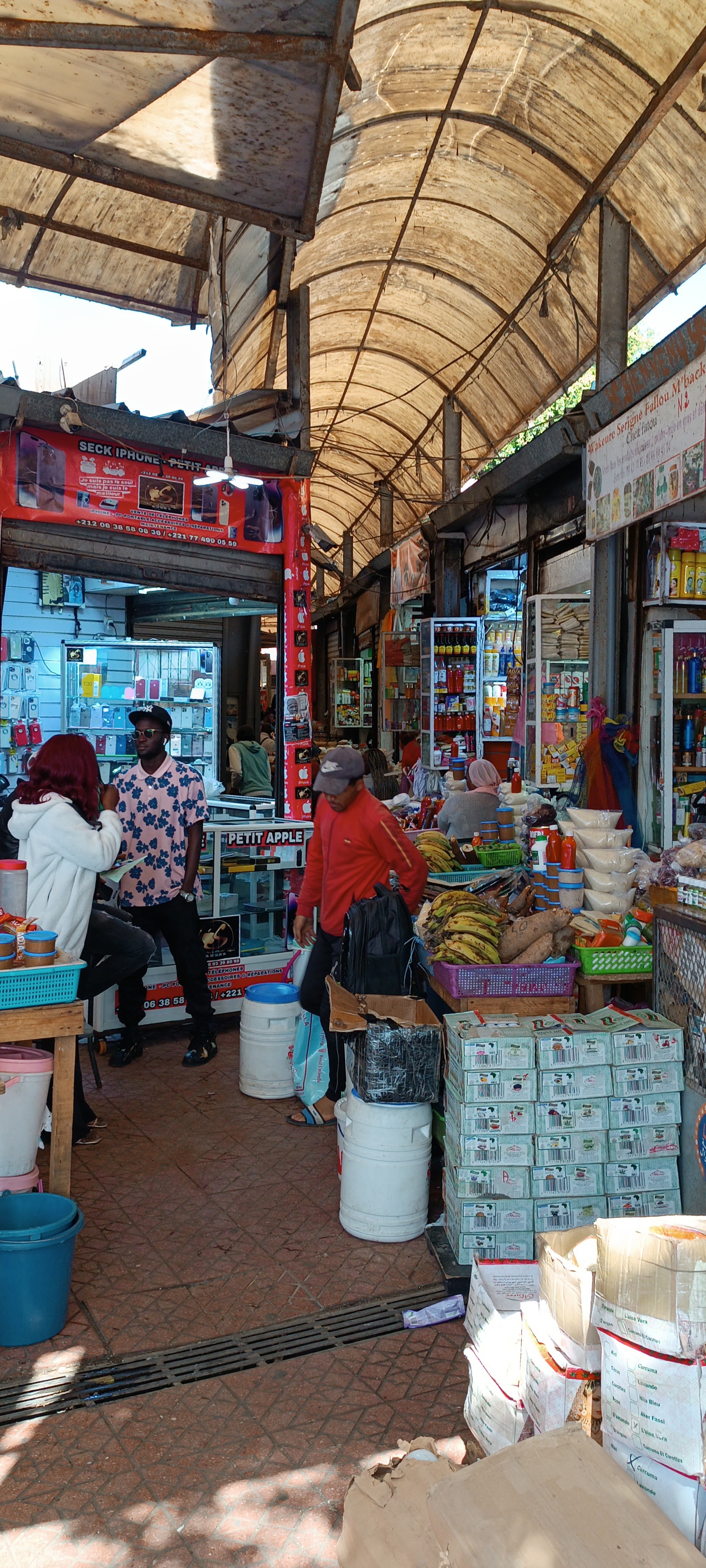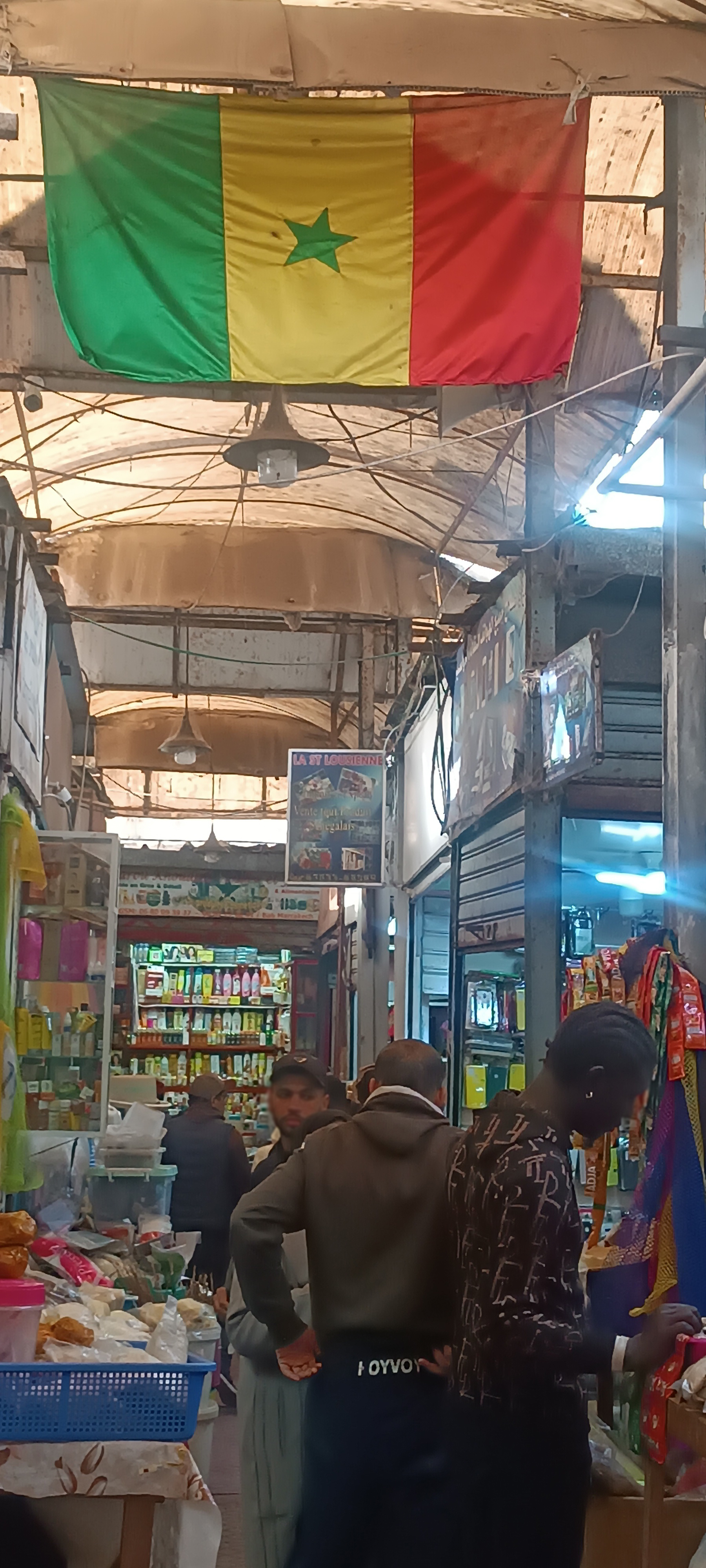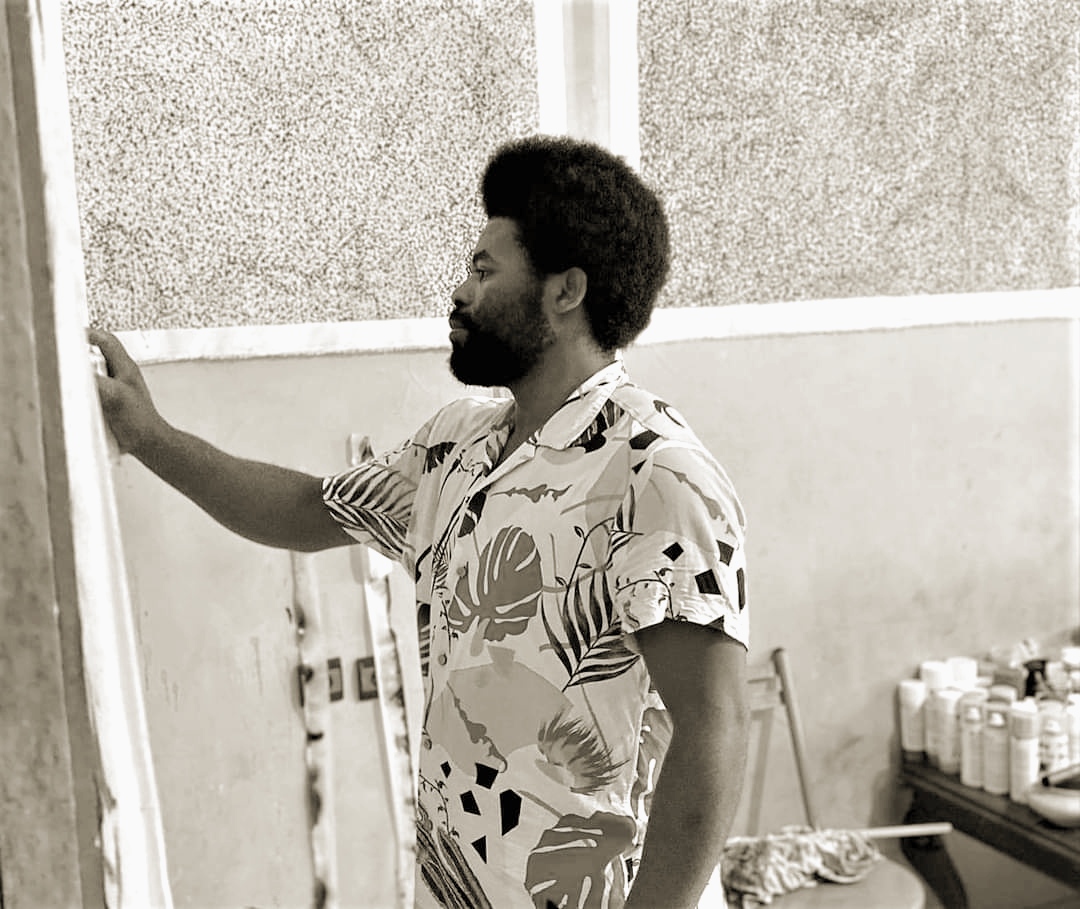In 2014, for the first time in its history, Morocco announced a National Strategy for Immigration and Asylum that included a series of actions and programs aimed at promoting the reception and integration of migrants into the country’s social, labor, and educational fabric. In the same year, it launched a legalization campaign that enabled 23,000 migrants, mostly sub-Saharan, to obtain residence permits. In 2017, the second phase of this campaign brought the number of people legalized to 50,000. Today Morocco is the only state on the Mediterranean’s southern shore to have adopted such measures in response to the emergency of a new migratory phenomenon that has seen it become not only a country of emigration and transit, but also a host country for hundreds of thousands of people.

This initiative has put Morocco in the position of becoming a valuable interlocutor for Europe, which has always been unable to adopt a common migration policy, and at the same time to present itself to sub-Saharan countries as a big brother bringing new opportunities for development and cooperation. The official discourse speaks of a “humanizing” approach intended to foster acceptance and inclusion, yet the facts point to a growing gap between intentions and reality. The lack of adequate legal instruments, political indecision as to clear measures about regularization procedures, the difficulty of finding employment, the tendency of migrant communities to ghettoize themselves, the realpolitik that turns migration into a geopolitical battleground, or even the resistance of a part of Moroccan society to accept these new “citizens”: there are many challenges that authorities, civil society, and migrants still face.
This affects not only so-called transit migrants, whose treatment ranges from tolerance to repression, but also extends to those who have chosen to settle in the country. The story of Ali, a young Senegalese man who has been living in Rabat for three years, is a prime example. Those from Senegal are exempt from a visa to enter Morocco. However, in order to enter the country legally, they must purchase a round-trip ticket and prove at the time of departure that they have the necessary means of subsistence for the duration of their stay, which cannot exceed 90 days. Upon arriving in Morocco and after months of waiting for an appointment, Ali was able to file an asylum claim with the United Nations High Commissioner for Refugees (UNHCR), which allows him to remain in the country without running the risk of being deported but does not allow him to work, even though he is in fact employed, albeit off-the-books, in a Moroccan catering company.
In the absence of a national asylum law, it is the UN body that is responsible for verifying the requirements and whether or not refugee status is granted. If the application is granted, the applicant must then go to a Moroccan commission: the Bureau des réfugiés et apatrides (Bra) which validates and issues the residence permit. However, this sovereign national body has no obligation to validate all applications accepted by UNHCR.
Ali graduated from university in Dakar with a degree in Spanish Literature and Civilization, and by leaving Senegal he hoped to find work at one of the country’s many call centers that hire sub-Saharan workers, but he soon realized that in order to be hired he must have a residence permit, which can only be obtained with a work contract. It is a vicious cycle. In desperation he tried to climb the barrier separating Nador from Melilla, but was caught and sent back. He has since abandoned the idea and prefers to stay in Morocco. Ali displays a proud attitude, but there is a feeling of bitterness that seeps through his every word. A few months ago he lost his mother, but could not say goodbye to her because during the asylum application processing phase he cannot leave Morocco. Had he returned to Senegal he would have been forced to do it all over again.

Thousands of sub-Saharan migrants now find themselves hostages to a frustrating bureaucratic machinery that keeps them in a liminal space between legality and illegality. According to Laura Zizolfi, associate RSD officer at UNHCR, who ascertains the eligibility of refugee, “the Rabat office receives 5,000 asylum applications each year, a large number that the staff has difficulty handling.” This partly explains the relatively long timelines. “On average, we can say that it takes about 11 months to get a final response,” Zizolfi explains, “but international law provides for prioritizing certain categories over others, so some requests are processed within a few months, as in the case of unaccompanied minors or pregnant women, while others can take longer, even a few years.”
There is one place in Casablanca that is more emblematic of the interpenetration between North Africa and sub-Saharan Africa than any other: the Marché Dakar. This market arose in 2012 and is completely dedicated to the sub-Saharan communities, and one has the impression of being in Dakar, Abidjan or Douala. The colors, the smells, the cuisine, the languages, the faces, the way people dress… Here it is useless to look for couscous or mint tea, there is Mafé, a typical Malian dish, Tiep Bou Dien, a Senegalese dish, and Tuba coffee. Food outlets, barbers and hairdressers, tailors, beauticians and masseuses, clothing or food stores – everything comes from sub-Saharan Africa.
Aicha is Senegalese and has a nail salon that is no more than two square meters and pays a rent of 4 thousand dirhams (400 euros). As soon as I start asking her a few questions she is more than happy to talk. She arrived 15 years ago in Casablanca and obtained a residence permit thanks to the 2014 amnesty, which she was able to renew automatically in 2017. The document is about to expire and she is very concerned about whether she will be able to renew it, as she cannot justify it with a work contract or a certificate of residence since she lives in an apartment sublet by other Senegalese. She already knows she is at fault with what the authorities now require. When I ask her if she feels discriminated against, she says she has no doubt that there is no systematic racism against migrants in Morocco. According to her, Moroccans have a generous nature. A generosity that enabled her to survive during the Covid-19 period, when the health emergency forced her into a long period of inactivity. In the absence of support from the Moroccan authorities, who had reserved aid only for citizens in need, she and her family were able to rely on Moroccan friends and acquaintances.
According to Aicha, she experienced real racism in Tunisia where she spent a year before landing in Morocco. President Kaïs Syed’s latest statements and the exodus that followed reawakened old wounds in her. Despite the uncertainties, the move to Morocco was a huge leap for her and her family, so she made a conscious choice not to attempt the European dream. In terms of numbers, Senegalese are the primary migrant community in Morocco; the ties between the two countries go back a long way and are expressed not only through migrant flows, but also through the Sufi Islamic tradition. In fact, one of the most influential brotherhoods in Senegal founded by Ahmed Tijani has its headquarters in the Moroccan city of Fes.
In addition, here her two children have free access to medical care and schooling. Before I leave, she introduces me to her son Daouda, a 6-year-old boy who speaks perfect Arabic. His mother jokingly asks if he feels Moroccan or Senegalese, Daouda who has never set foot in Senegal answers her with a conviction that leaves no room for doubt, “Ana Maghribi, I am Moroccan.” While still there, I see him kicking around a ball shouting the names of the Moroccan soccer players who made us dream during the last World Cup in Qatar. Daouda even though he was born in Morocco is not eligible for Moroccan citizenship, the law does not grant the possibility of naturalization when one is the child of foreigners born outside Morocco.

Aicha’s fear about her residence permit’s renewal is more than well-founded. In recent months, many associations such as Gadem or the Association Marocaine des Droits de l’Homme (AMDH) have complained that since the end of the pandemic, Moroccan authorities have tightened the conditions for renewing permits without warning. It is now necessary to submit a whole dossier consisting of a work contract, pay stubs, a certificate of residence, criminal record, a medical certificate, and a valid travel document. In reality, most migrants are unable to provide all this documentation because they are mostly employed informally, working on their own or off the books. Therefore, many unable to renew their permits have suddenly found themselves in the country illegally. The authorities have provided no explanation about this change of course. A fact that makes many fear that they will be the subject of deportation procedures.
A fate that befell a Cameroonian friend. I have known Salvador for quite some time, he is an established artist who has been living in Morocco since 2015, he has exhibited his work in the most important galleries in Casablanca, Rabat, and Tangier receiving excellent critiques and several newspapers and specialized magazines have written about him. He comes from Northwest Cameroon from the Anglophone part of the country that has been in conflict with the central power for years. Upon his arrival in Morocco he also applied for asylum, but paradoxically UNHCR did not accept it. He then tried to regularize his situation during the 2017 amnesty, but his application was rejected because one of the criteria for regularization was to have been in the country for at least 5 years. So he was forced to remain illegally while still managing to pursue an artistic career, build personal and professional relationships, in short a successful example of integration. Until a few months ago when the Moroccan authorities notified him that he had to leave the country.

The Cameroonians’ situation is even more complex because unlike other sub-Saharans, such as Senegalese or Ivorians, they must obtain a visa from the Moroccan consulate in Yaoundé in order to enter the country legally. Salvador has not given up his desire to resume his life in Morocco, but he is always waiting for a visa. A wearisome wait for those who, like him, had placed all their hopes in a country that seemed to represent a viable alternative for those migrants who do not want to risk their lives on illegal migration routes to Europe.
“Since the end of 2017, the migration issue has been at a standstill,” says Mustapha Azaitraoui, professor of social geography at Sultan Moulay Slimane University in Beni Mellal: “The so-called National Immigration and Asylum Strategy responds more to a foreign policy agenda than a precise will to implement a reception policy for a country that is no longer just a land of emigration and transit. Territorial collectivities have no say in the management of migration. A dossier that remains the prerogative of the upper echelons of power. In addition, the Moroccan educational system and the various social structures are not adapted to the diversity and complexity of the migration phenomenon, and the authorities do little or nothing in the face of a growing feeling of impatience on the part of many Moroccans towards migrants.”
Cover Photo: The Marché Dakar in Casablanca. All the pictures – with exception of those with different credits – are by Rabii El Gamrani, all rights are reserved.
Follow us on Facebook, Twitter and LinkedIn to see and interact with our latest contents.
If you like our analyses, events, publications and dossiers, sign up for our newsletter (twice a month) and consider supporting our work.


